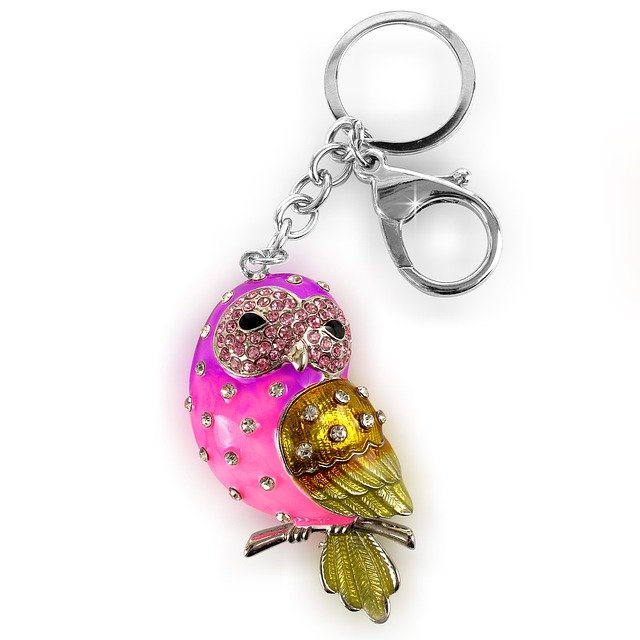Pendant: Design, Metalwork, and Adornment Practices
A pendant is a small decorative object designed to hang from a chain, cord, or other support and serve as a focal point of personal adornment. Pendants appear across cultures and periods, varying in materials, motifs, and meaning. Their design and function bridge craftsmanship and personal style, and understanding metalwork and metalworking methods helps explain how different pendants are made and maintained.

What is a pendant and its adornment role?
A pendant is more than a piece of jewelry: it acts as an intentional focal point worn close to the body. Pendants can carry symbolic meaning (religious, identity, or sentimental) or simply serve decorative purposes. They range from simple geometric shapes to intricate lockets, often incorporating stones, enamel, or engraving. As an adornment, a pendant’s size, weight, and visual balance influence how it complements clothing and other accessories.
How does metalwork shape pendant designs?
Metalwork determines both the aesthetic and functional qualities of a pendant. Choices of metal—gold, silver, brass, copper, stainless steel, and alloys—affect color, malleability, and durability. Surface treatments from high polish to matte finishes, patination, plating, and texturing are all metalwork outcomes that define a pendant’s look. Structural decisions made during metalwork, such as how a bail is formed or a setting is secured, also influence wearability and longevity.
What metalworking techniques are common for pendants?
Metalworking techniques for pendants combine traditional craft and modern tools. Lost-wax casting produces detailed three-dimensional forms; hand fabrication uses cutting, filing, and soldering for custom shapes; forging and hammering can alter texture and strength. Fine techniques—filigree, granulation, repoussé, and chasing—create intricate surface patterns. Contemporary workshops may use laser cutting, CNC milling, or metal 3D printing for precise or complex geometries. Each technique affects cost, finish, and repairability.
How does pendant style influence wear and care?
A pendant’s style—minimalist, vintage, ornate, or contemporary—affects how it should be worn and maintained. Lightweight pendants suit delicate chains; heavier pieces require sturdier chains and secure bails. Metals react differently to cleaning: silver tarnishes and benefits from gentle polishing, gold is resilient but can scratch, and plated metals need mild care to avoid removing the layer. Gemstones, enamel, and organic materials like wood or shell require specific cleaning methods and storage to prevent damage.
Where to find pendant local services or artisans in your area?
Finding local services for purchase, repair, or custom work can start with independent jewelers, bench jewelers, craft markets, or artisan studios. Look for jewelers who demonstrate clear metalworking skills and can explain processes like soldering, stone setting, and finishing. Local lapidaries and repair shops handle stone setting and resizing, while custom makers or studios often accept commissions and can collaborate on design. Online platforms list makers, but visiting a studio or asking to see previous work gives better insight into craftsmanship.
Conclusion
Pendants occupy a distinctive place in personal adornment, where design intent meets metalwork and metalworking techniques to produce objects that balance beauty, function, and meaning. Awareness of materials, methods, and care practices helps collectors and wearers choose pendants that suit their style and stand up to regular use. Whether handcrafted by an artisan or produced with modern techniques, a pendant reflects technical choices as much as personal expression.





